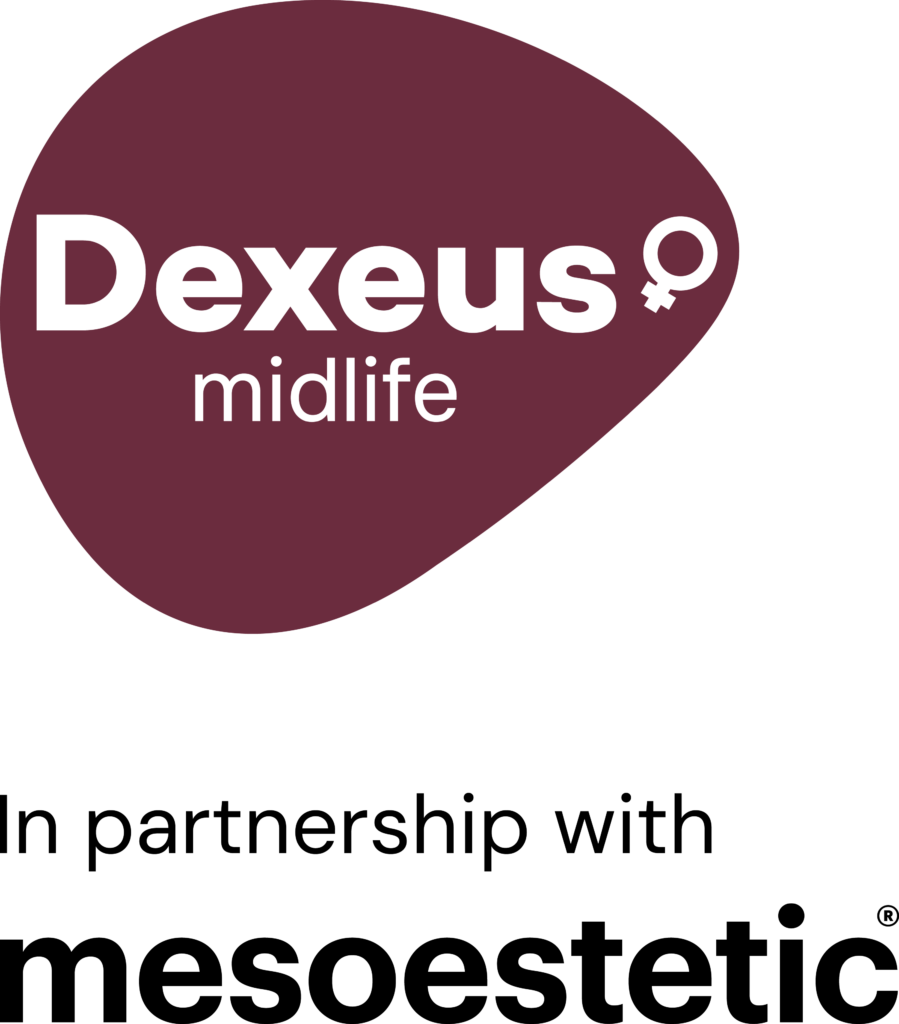Carboxytherapy is a medical treatment that is used to oxygenate tissues. It consists of administering carbonic anhydrase (CO2) through simple infiltrations.
Oxygen, together with glucose, is the essential nourishment of the cells. An appropriate amount of oxygen makes cells improve their metabolism, functioning and therefore their health. Thus, depending on the area and depth of infiltration, the effects achieved can vary.
For the vagina and vulva, it is applied at subcutaneous level, where it stimulates the production of collagen through the fibroblasts of the connective tissue, which translates into more tense and elastic skin, and a more regenerated, sensitive vaginal mucosa with a greater lubricating capacity.
This technique is often used in regenerative gynaecology combined with other therapies such as gynaecological laser treatment or hyaluronic acid.
What it is
Carboxytherapy is usually performed by means of simple infiltrations with tiny, almost imperceptible needles, which, barely changing the angle, can reach the desired depth. These allow the medicinal CO2, a sterile gas that has many other common uses in medicine, to be infiltrated.
High-precision systems are used for infiltration, which allow both the speed and quantity of gas to be controlled.
Prior to this, it is advisable to perform a gynaecological check-up to check the patient’s health status and assess the indication of one treatment or another. It is also recommended to apply antiseptic vaginal tablets to minimise the risk of infection during the procedure.
Carboxytherapy is an outpatient treatment: it is performed at the clinic.
- Local anaesthesia
A topical anaesthetic in the form of cream is applied to the area or areas to be treated in order to carry out this treatment.
- Duration
The application of infiltrations takes about 15-20 minutes, not including the prior 20 minutes spent waiting for the anaesthesia to take effect. In total, the entire process may last approximately 40 minutes.
- Sessions
The procedure can be repeated as needed, with spaced out sessions.
- Outcomes
The outcomes depend on both the applied technique and the patient’s response capacity, although they always lead to improvement.
What is the treatment indicated for?
- Vaginal mucosa regeneration in cases of atrophy or dryness (improves the hydration of the vagina, its tonicity, lubrication and sensitivity).
- Vulvar conditions such as lichen simplex and lichen sclerosus or vulvar psoriasis (only for the purpose of improving the quality of the tissue).
- Genital biostimulation in cases of muscle hypotonia or skin laxity.
- Hypertrophic or painful scars (after episiotomies, scars from C-sections or surgery).
- Stretch marks (single treatment or combined with PRP or laser).
- To increase the ability to orgasm (single treatment or combined with PRP).
- To return volume to the labia majora and, as such, increase protection power (in combination with other treatments).
Expected outcomes and benefits
- Prolonged treatment effect (6 to 12 months).
- Improves quality of life and sexual relations.
- Improves symptoms of genital dryness associated mainly with menopause or cancer treatments (radiotherapy, chemotherapy).
Side effects
- After the procedure, the treated area usually has a little swelling and can cause discomfort due to the presence of the gas. These effects are temporary and do not usually require any type of treatment.
FAQs
Is carboxytherapy treatment painful?
No, although it may be slightly more uncomfortable than other types of procedures that require infiltration, since the treated area usually swells up due to the presence of the gas. These effects are temporary and do not usually require any treatment. You may also notice some inflammation in the puncture area and some bruising may occur.
Is there any contraindication to carboxytherapy?
It is contraindicated in the event of infection in the area to be treated, serious kidney or cardiorespiratory failure, anticoagulant treatment, cancer or pregnancy.
Can I lead a normal life after carboxytherapy treatment?
After infiltration and in the following days, having performed multiple punctures and in order to avoid possible infections, the following is recommended: do not go to swimming pools, saunas or bathing areas especially if they are public and avoid intense exercise, as there may be friction in the area or vasodilation and this can increase inflammation.
Can I shower?
Yes, you can use an intimate hygiene product with an antiseptic solution. If there is bruising, a phlebotonic or anti-inflammatory cream may be used. See your gynaecologist.
Discover the experiences of our patients
I recommend it 100%
“Lorem ipsum dolor sit amet, consectetur adipiscing elit. Curabitur consectetur euismod tellus, vel pretium nulla. Vestibulum lobortis venenatis erat vel rhoncus. Phasellus volutpat tortor vitae nisl pharetra tristique. Sed ac nisi congue, posuere felis tincidunt, consequat risus. “
Carmen Rodríguez, Barcelona
Related treatments
Functional recovery laser treatment
Functional recovery laser treatment
Laser treatment induces a regenerative response at the cellular level that favours the synthesis of collagen and vascularisation of tissues,...
Read moreBio-regeneration with platelet-rich plasma (PRP)
Bio-regeneration with platelet-rich plasma (PRP)
Platelets are cell fragments present in blood plasma that naturally activate tissues' regenerative capacities. Therefore, they are used for therapeutic...
Read moreHyaluronic acid filler
Hyaluronic acid filler
Over time, the skin undergoes a series of changes, including the appearance of expression lines, furrows, wrinkles, flaccidity and volume...
Read more
